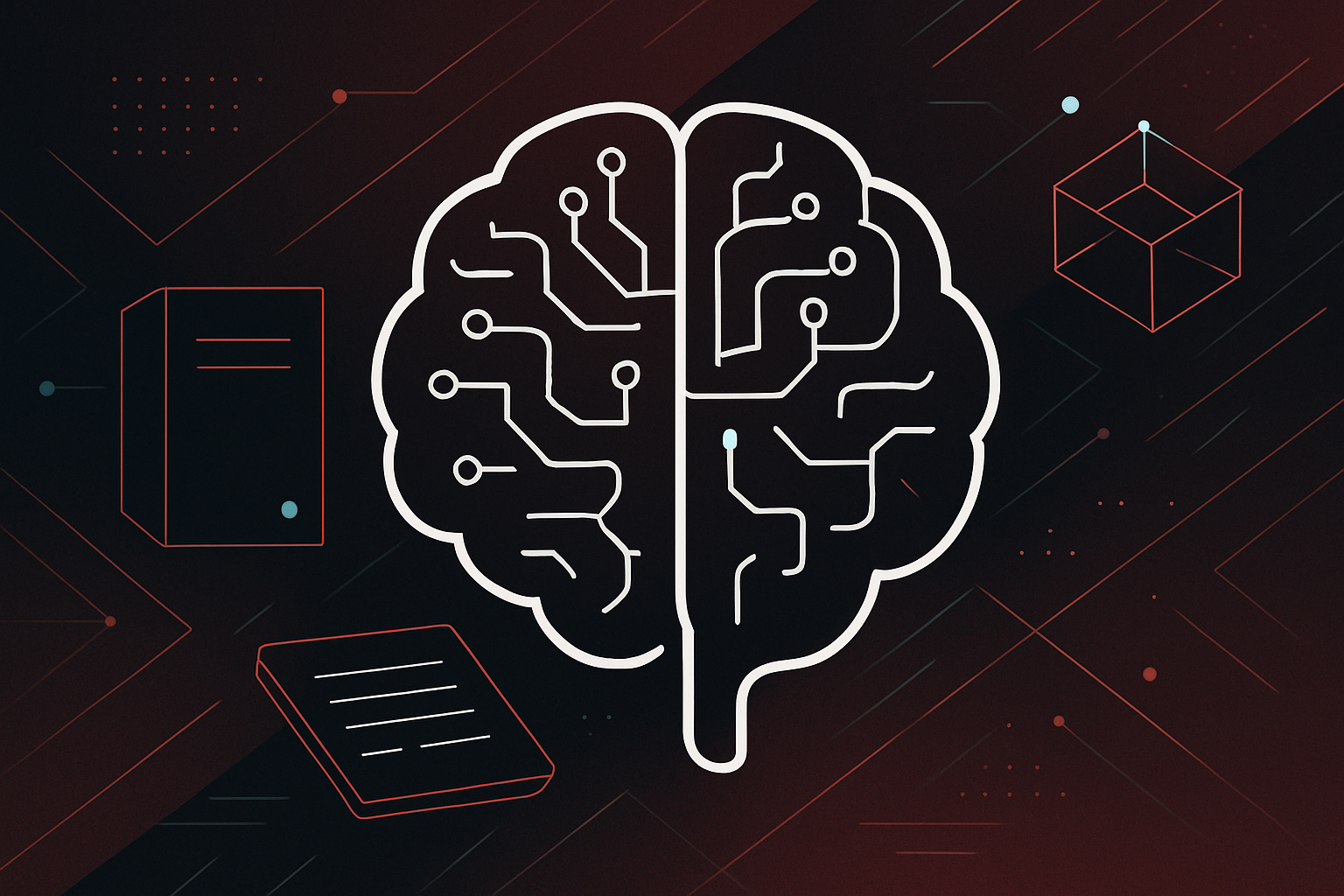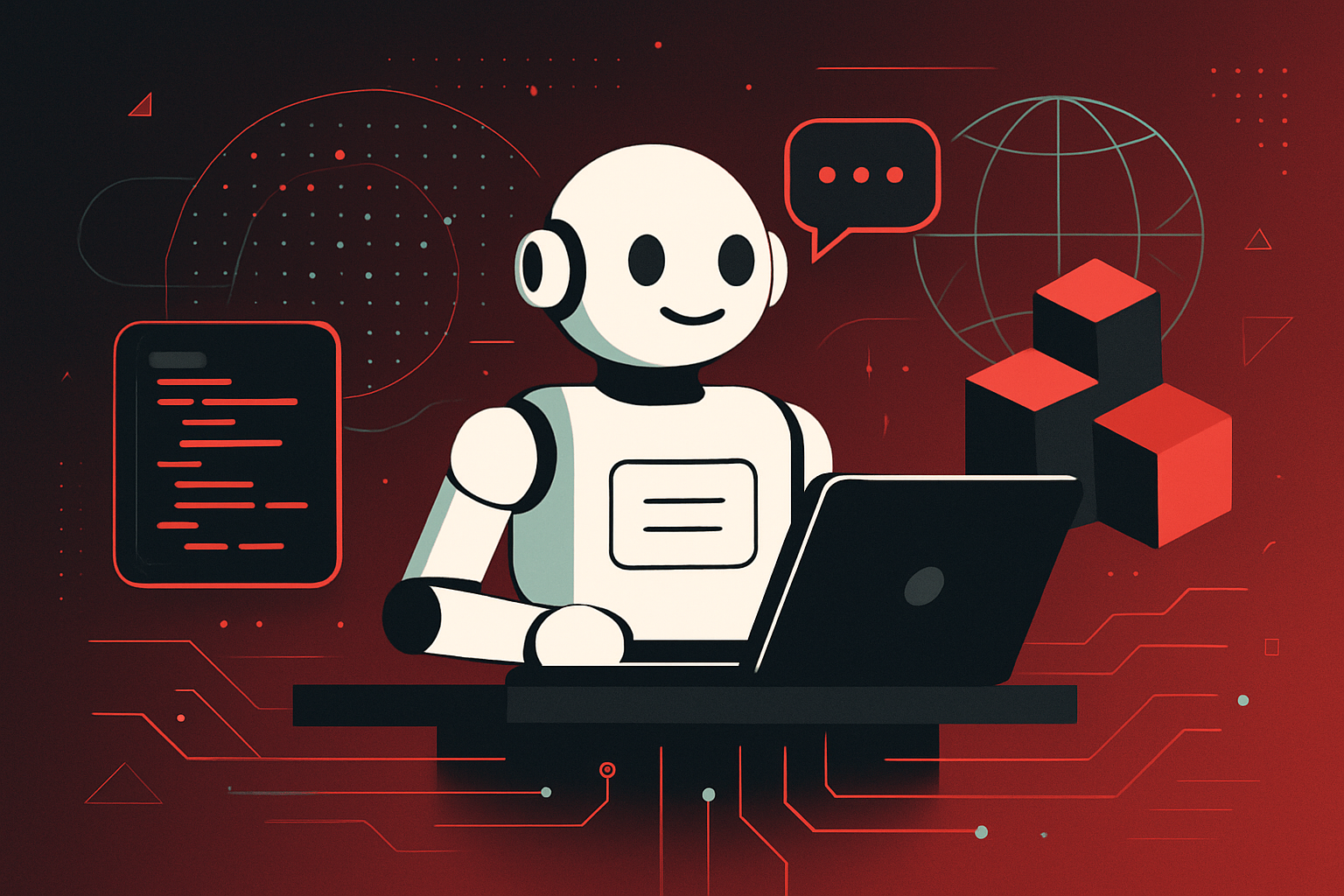NLP Advancements: From Transformers to Large Language Models

Evolution of NLP: From Transformers to Large Language Models
Foundations: Attention Mechanisms and the Transformer Architecture
Self-Attention and its Impact
Self-attention allows models to weigh the importance of different words in a sequence, providing context-aware representations. Unlike RNNs, self-attention can process sequences in parallel, enabling scalability.
Key Equation:
Given query Q, key K, value V matrices:
Attention(Q, K, V) = softmax((QK^T) / sqrt(d_k)) V
Where d_k is the key dimension.
Transformer Architecture Overview
Transformers consist of encoder and decoder stacks, each using multi-head self-attention and position-wise feedforward networks.
Core Components:
| Layer | Functionality |
|---|---|
| Multi-Head Attention | Captures diverse relationships in input |
| Feedforward Network | Applies nonlinearity and transformation |
| Layer Normalization | Stabilizes training |
| Positional Encoding | Provides sequence order information |
Minimal Transformer Block (PyTorch-like):
import torch.nn as nn
class TransformerBlock(nn.Module):
def __init__(self, d_model, heads):
super().__init__()
self.attn = nn.MultiheadAttention(d_model, heads)
self.ff = nn.Sequential(
nn.Linear(d_model, 4*d_model),
nn.ReLU(),
nn.Linear(4*d_model, d_model),
)
self.norm1 = nn.LayerNorm(d_model)
self.norm2 = nn.LayerNorm(d_model)
def forward(self, x):
attn_out, _ = self.attn(x, x, x)
x = self.norm1(x + attn_out)
ff_out = self.ff(x)
x = self.norm2(x + ff_out)
return x
Pretrained Transformers: BERT, GPT, and Beyond
BERT: Bidirectional Encoder Representations
- Architecture: Encoder-only
- Pretraining Tasks: Masked Language Modeling (MLM), Next Sentence Prediction (NSP)
- Strengths: State-of-the-art for classification, QA, NER
Example Fine-tuning for Text Classification:
from transformers import BertForSequenceClassification, Trainer
model = BertForSequenceClassification.from_pretrained('bert-base-uncased')
trainer = Trainer(model=model, ...) # Data and training args
trainer.train()
GPT Series: Generative Pretrained Transformers
- Architecture: Decoder-only
- Pretraining Task: Autoregressive next-token prediction
- Strengths: Text generation, dialogue, code synthesis
Key Difference Table:
| Model | Architecture | Pretraining Task | Use Cases |
|---|---|---|---|
| BERT | Encoder | Masked LM, NSP | Classification, QA |
| GPT | Decoder | Next Token Prediction | Generation, Chatbots |
| T5 | Encoder-Decoder | Text-to-text | Summarization, QA |
Scaling Laws and Emergence of Large Language Models (LLMs)
The Scaling Paradigm
Empirical scaling laws show model performance improves predictably with increased data, model size, and compute.
| Model | Parameters | Training Data | Notable Capabilities |
|---|---|---|---|
| GPT-2 | 1.5B | 40GB (WebText) | Fluent text generation |
| GPT-3 | 175B | 570GB | Few-shot prompting |
| PaLM | 540B | 780B tokens | Multi-lingual, reasoning |
Emergent Abilities
LLMs exhibit abilities not seen in smaller models:
– In-context learning (few-shot, zero-shot)
– Complex reasoning (multi-step, chain-of-thought)
– Code synthesis, translation, summarization
Practical Applications and Implementation
Prompt Engineering for LLMs
Prompting is crucial for guiding LLM outputs.
Example: Zero-shot Prompt for Sentiment Analysis
Input: "The product is fantastic!"
Prompt: "Classify the sentiment as Positive, Negative, or Neutral:"
Output: Positive
Fine-tuning and Adaptation
Fine-tuning LLMs enables domain adaptation. LoRA (Low-Rank Adaptation) and PEFT (Parameter-Efficient Fine-Tuning) methods allow efficient training.
LoRA Example (Using HuggingFace PEFT):
from peft import get_peft_model, LoraConfig
lora_config = LoraConfig(r=8, lora_alpha=32, target_modules=["q_proj", "v_proj"])
peft_model = get_peft_model(model, lora_config)
peft_model.train()
Retrieval-Augmented Generation (RAG)
Combines LLMs with external data sources for up-to-date, factual outputs.
Pipeline Steps:
1. Retrieve relevant documents via vector search
2. Concatenate retrieved context with user query
3. Pass combined input to LLM for generation
Comparison Table: Transformer Variants and LLMs
| Model | Size | Context Window | Pretraining Data | Unique Features |
|---|---|---|---|---|
| BERT | 110M | 512 tokens | Wikipedia, Books | Bidirectional, MLM |
| RoBERTa | 355M | 512 tokens | More data, no NSP | Robust pretraining |
| GPT-3 | 175B | 2048 tokens | Web + books | Few-shot, in-context learning |
| PaLM | 540B | 2048 tokens | Massive multi-lang | Chain-of-thought, reasoning |
| Llama-2 | 70B | 4096 tokens | Diverse web | Open weights, efficient scaling |
Actionable Insights for Practitioners
- Use pretrained models for quick deployment; fine-tune only if necessary.
- For classification/NLU tasks, BERT or RoBERTa remain strong baselines; for generation, prefer GPT or T5.
- Leverage prompt engineering for zero/few-shot tasks—experiment with prompt templates and examples.
- For specialized domains, use LoRA/PEFT for cost-effective adaptation.
- For factuality and up-to-date information, implement Retrieval-Augmented Generation architectures.
References and Further Reading
- Attention is All You Need (Vaswani et al., 2017)
- BERT: Pre-training of Deep Bidirectional Transformers for Language Understanding (Devlin et al., 2018)
- Language Models are Few-Shot Learners (Brown et al., 2020)
- Scaling Laws for Neural Language Models (Kaplan et al., 2020)
- Efficient Fine-Tuning of Language Models (LoRA)




0 thoughts on “NLP Advancements: From Transformers to Large Language Models”